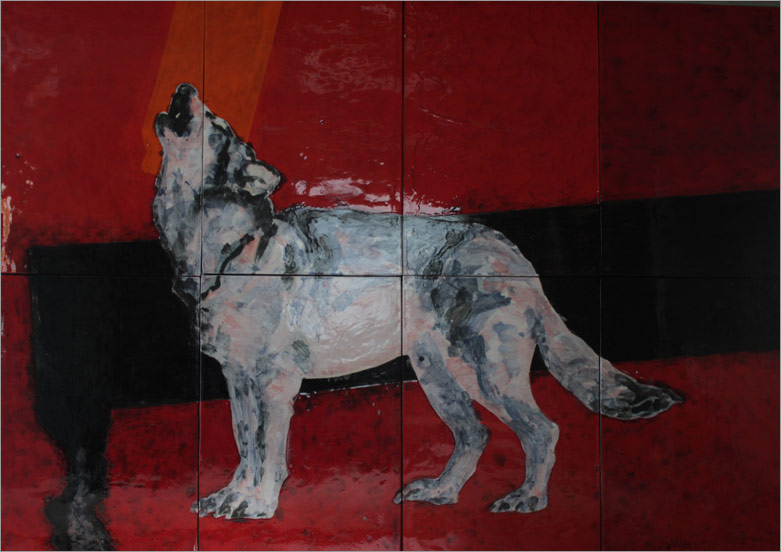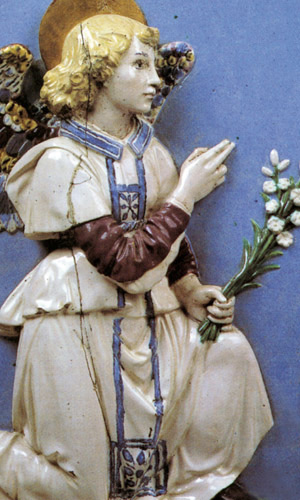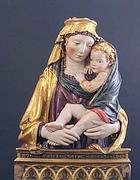Impruneta (Florence) – Italy
 An impressive number of combinations makes this work as unique as Art can be.
An impressive number of combinations makes this work as unique as Art can be.
First, the combination of modern taste and the technique invented by Luca Della Robbia during the Renaissance. His revolutionary mixture of minerals was used to glaze large terracotta sculptures and panels and make them almost eternal. A breakthrough in the artistic production of the Renaissance pottery and a much welcomed revival today.



